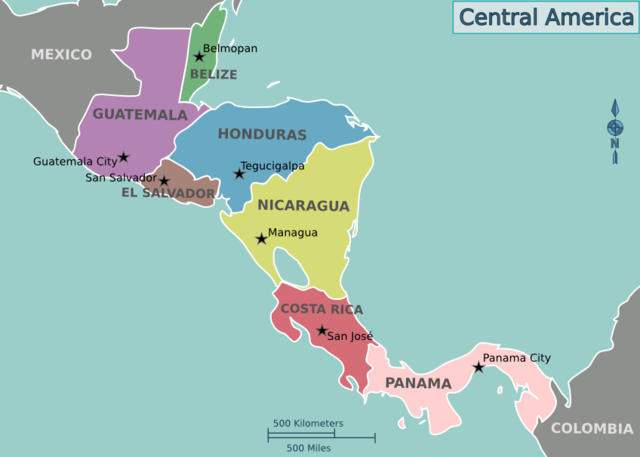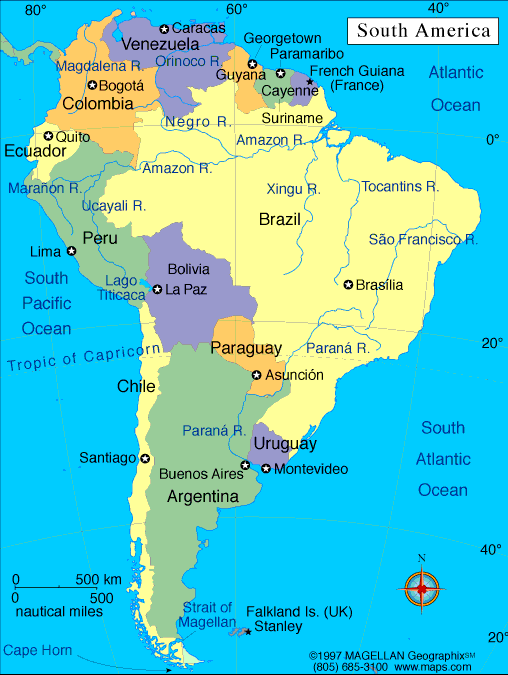About: Latin America Experienced

Central America is the southernmost region of North America. It lies between Mexico and South America, and it includes the countries Panama, Costa Rica, Nicaragua, Honduras, El Salvador, Guatemala, and Belize.Central America may take up less space than Texas, but its rich mix of people and cultures has created a diverse and dynamic society. With more than 20 Maya languages spoken, Guatemala is the region's indigenous heartland. The Spanish left their mark throughout with gorgeous colonial plazas, fervent beauty contests and silent hours of siesta. African culture permeates the Caribbean coast, from the Congo rebel traditions to lip-smacking rondón seafood gumbo. And the last century brought the rest of the world – Asians, Europeans, North Americans – along with a coat of modernity that dressed up Panama City into a contemporary capital.

South America's diversity doesn't end with landscapes. You'll find former colonial towns where cobblestone streets lead past churches and plazas little changed since the 18th century. You can haggle over colorful textiles at indigenous markets, share meals with traditional dwellers of the rainforest and follow the pounding rhythms of Afro-Brazilian drum corps. South America is home to an astounding variety of living and ancient cultures, and experiencing it first-hand is as easy as showing up. South America is a continent situated in the western hemisphere and, mostly, the southern hemisphere, bordered on the west by the Pacific Ocean and on the north and east by the Atlantic Ocean; North America and the Caribbean Sea lie to the northwest.